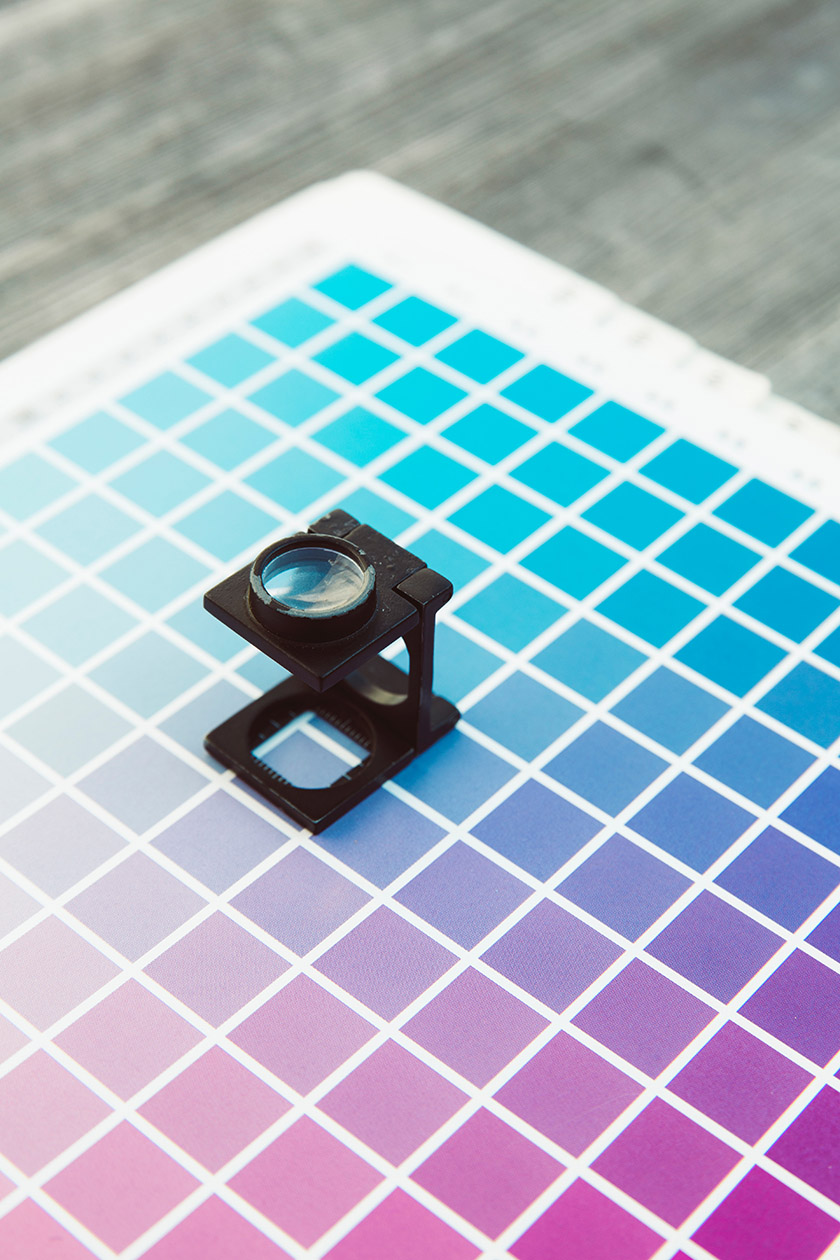Technology to the rescue: Solving Sustainability challenges in Fashion


The fashion industry is counted among the most polluting industries in the world. Not only is our industry responsible for 8% to 10% of global carbon emissions but fabric wastes piling up in landfills, chemicals polluting water bodies, and enormous water and energy consumptions across the industry are also major concerns. Pawan Gupta, CEO and Co-Founder at Fashinza, a fashion-tech platform for apparel industry, explains about five technological developments which would help minimize the pollution and be impactful in the long run.
Consumers, brands, and manufacturers are growing increasingly aware of the implications. The responsible ones among us understand that a shift towards sustainability is crucial for the wellbeing of the planet. Luckily, we’re figuring out that technology can play a significant role in facilitating the transition towards sustainable industry practices, and so far it seems like we’re implementing these technologies slowly but steadily. Today, I’ll talk about five technologies that I believe would make a real impact in the long run.
3D Designing and virtual sampling
Eco-conscious brands are in love with 3D designing technologies, using which designs for clothes can be created virtually using no fabric. The latest 3D softwares enables brands and manufacturers to complete the sampling process with commendable accuracy, and no fabric is wasted in the process because of alterations.
In fact, this technology helps in two ways: first, it reduces the use and wastage of fabric by conducting the entire process virtually. Second, brand representatives do not need to travel, nor do manufacturers need to courier the samples, which ensures there is no carbon emission involved in the exchange.
Bioengineered fabrics
When we speak of sustainability, we also have ethical considerations at the back of our minds, and no sustainable brand or manufacturer advocates in favor of animal cruelty. Yet silk, leather, and fur are fabrics that experience high demand and this is a true conundrum for brands, where being ethical stops them from optimizing profits.
With bioengineering coming into the picture, silk, leather, fur and other animal-based textiles can now be produced in labs, making them cruelty-free products. The only question that persists in this area is regarding scalability, but with the right investments, the feat wouldn’t be impossible to achieve.
Waterless dyeing
Dyeing is a practice that has multiple negative affects – it consumes vast quantities of water and energy, and the chemicals used often pollute water bodies. Thanks to the latest waterless dyeing technologies, these problems can now be tackled, while the use of water in the dyeing process can be reduced by 90%.
Brands, for instance, can opt for dry dyeing technologies, which involve the use of carbon dioxide to dye materials – it is a complicated process where liquified carbon dioxide is used for dyeing textiles and the results do not differ from water-based dyeing.
Fabric recycling technologies
Recycled polyester would be a good example in this case. Like cotton, polyester is a fabric that experiences outrageous demand, and innovations in recycling technology today help to convert discarded plastic into polyester. Such recycling technologies not only help to produce polyester fibre without depleting natural resources but they also combat pollution. Existing plastic is melted down and spun into polyester fabric.
To put things into perspective, using this technology, we can melt down 5 soda bottles to produce an XL-sized t-shirt. Over the last few years, brands like GAP, H&M, Adidas, and IKEA have increased their use of recycled polyester by 36% and it is estimated that with mass adoption of this technology, 20% of all polyester in the industry will be recycled by 2030.
Digitized and transparent supply chain
Sustainable production is definitely a challenge for brands, but reliable access to sustainable manufacturers is yet another pain point. This is more of a supply chain problem – an opaque supply chain can make it difficult to trace the origin of the products, more so when a brand manufactures overseas.
Now here is a problem that digitized platforms like Fashinza can solve by making the supply chain transparent, where every stage of the production process can be tracked by brands. This enables brands to verify that the manufacturers hold sustainability certifications that guarantee the nature of their practices. A digitized and transparent supply chain ensures the products are genuinely manufactured from sustainable raw materials using sustainable production methods.
To sum it all up, technology is clearly the answer to the sustainability struggles faced by brands and manufacturers. Of course there remains much room for improvement but we’re at a good place right now to start the transformative journey.
More from our site
Recent Posts
Luxury’s Most Recent & Vibrant Launches This Season
The luxury landscape is brimming with bold innovations, striking partnerships, and immersive experiences
The luxury landscape is brimming with bold innovations, striking partnerships, and immersive experiences
The PEAKLIFE Regatta 2025
From fashion designer Varoin Marwah’s Coastal Calm SS '25 splash show to a thrilling nautical spin on the sea, it was a magical weekend in Mumbai
From fashion designer Varoin Marwah’s Coastal Calm SS '25 splash show to a thrilling nautical…
Inside Louisiana’s Biggest Festival: 10 Things You Didn’t Know About Mardi Gras
More than a party, Mardi Gras is a cultural phenomenon!
More than a party, Mardi Gras is a cultural phenomenon!
Design Your Dream Home With These Expert Tips
A home that’s stylish, cosy, and truly yours!
A home that’s stylish, cosy, and truly yours!
Luxury in Fiji: Indulge in Paradise
From private island resorts to lavish overwater bungalows, this South Pacific paradise seamlessly blends indulgence with natural beauty
From private island resorts to lavish overwater bungalows, this South Pacific paradise seamlessly blends indulgence…
A Traveller’s Quest: Soorahi
This premium blend whisky brand aims to reflect a spirit of exploration and evolution in India’s alco-beverage landscape
This premium blend whisky brand aims to reflect a spirit of exploration and evolution in…